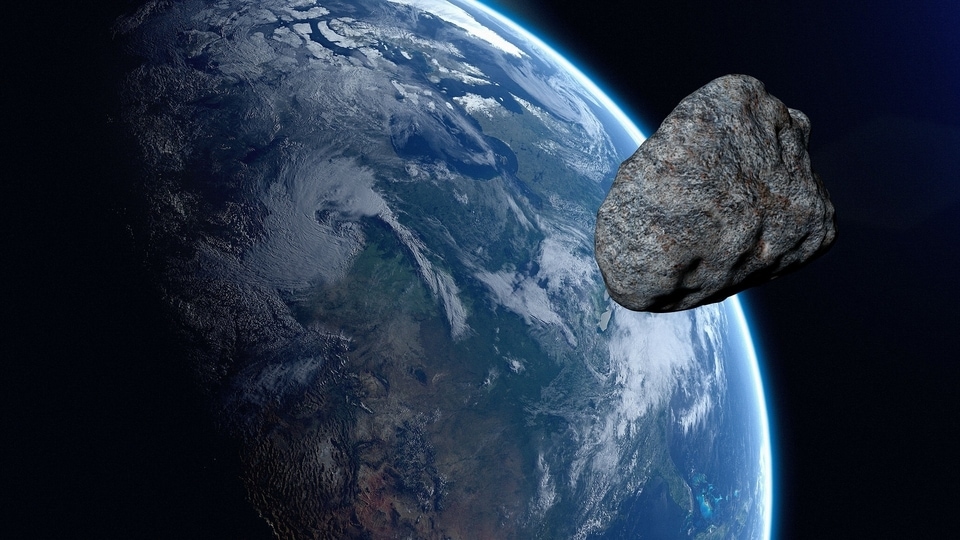Are near-Earth objects DANGEROUS? Know what NASA says about scary comets, asteroids
Can Near-Earth objects like asteroids and comets pose a threat to planet Earth? Here is what NASA says.

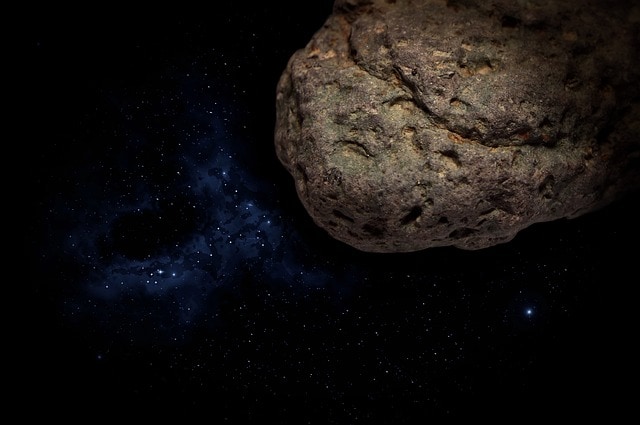

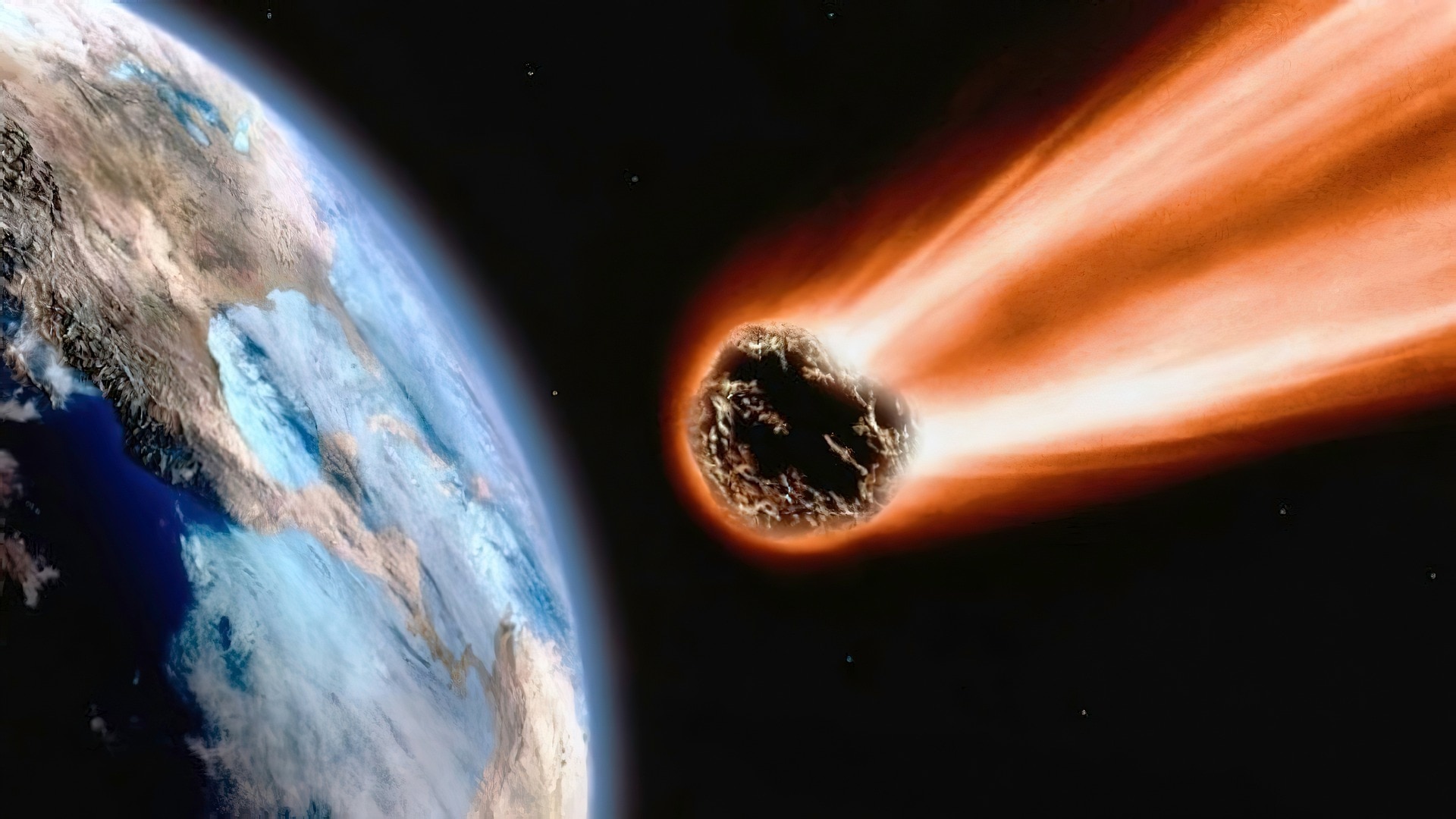
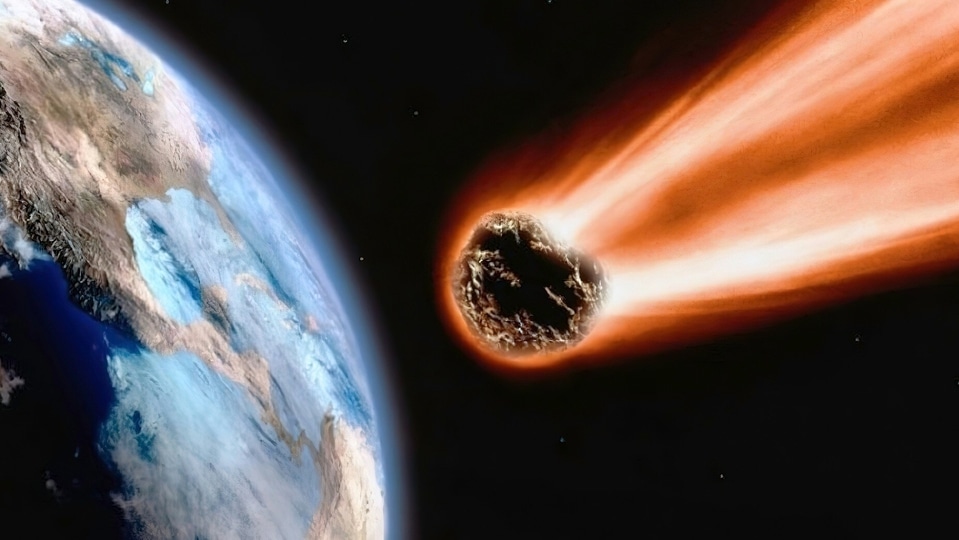
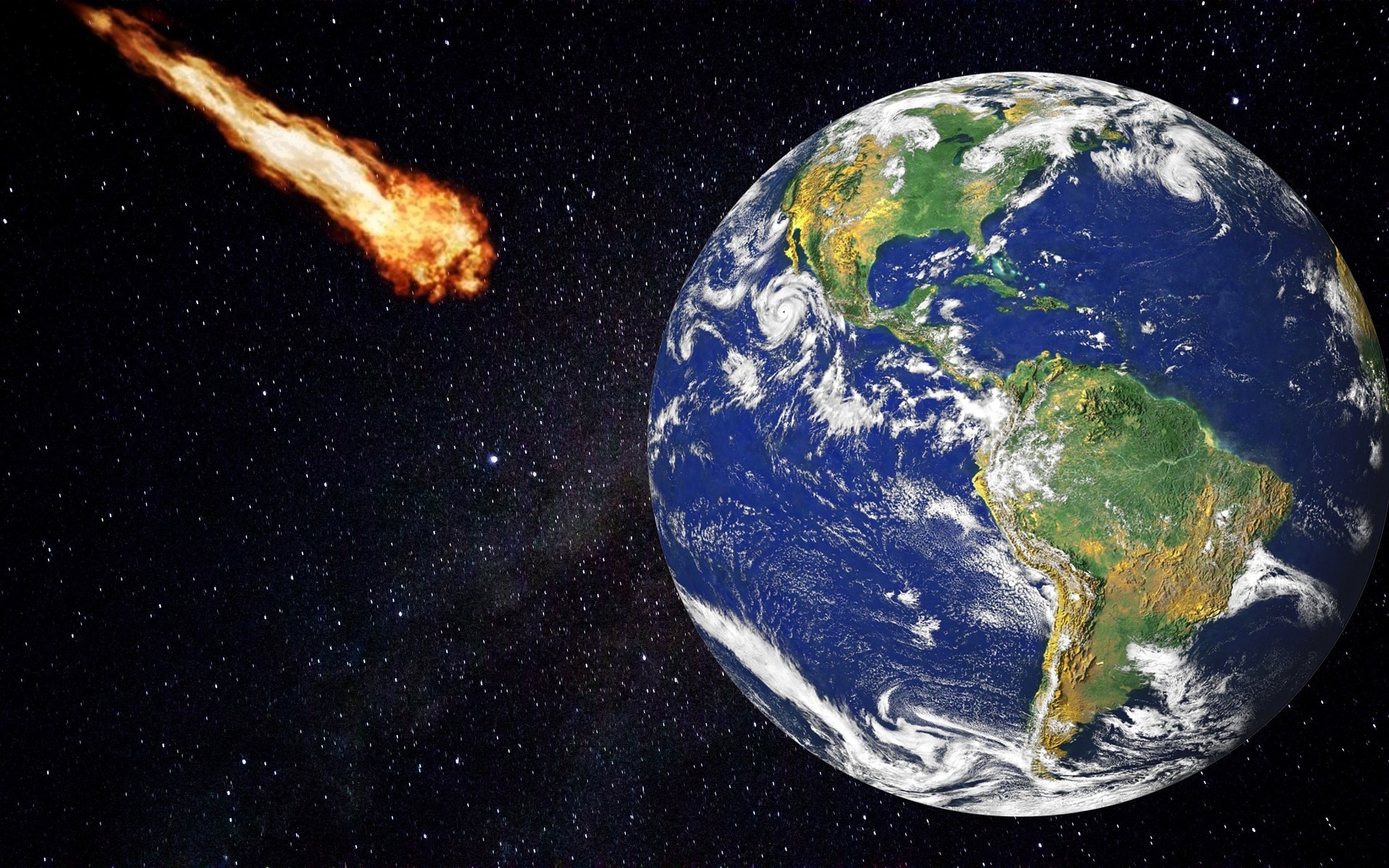
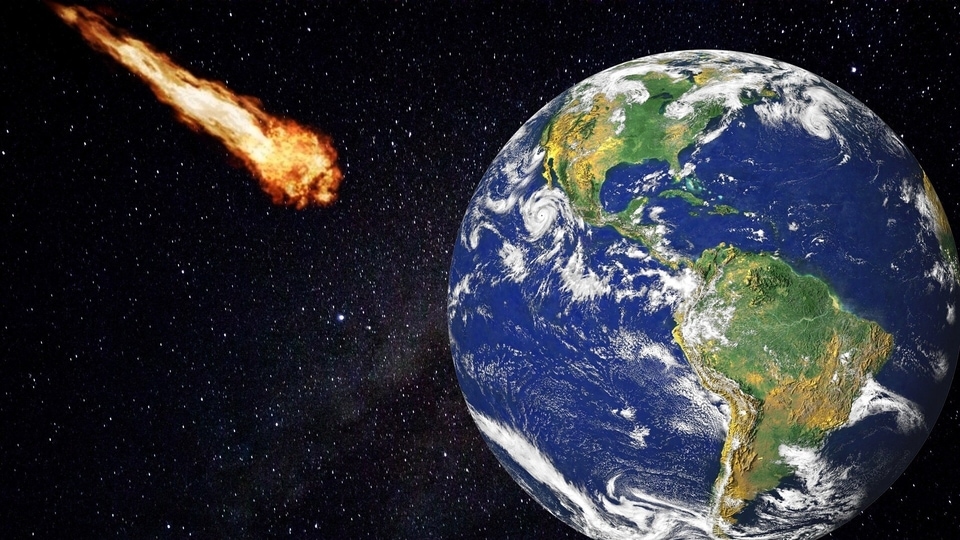

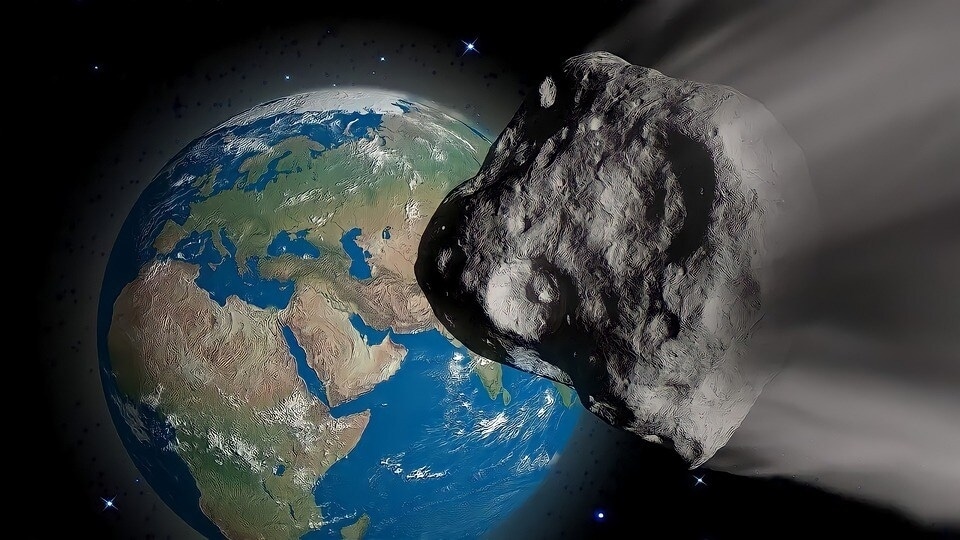
First Published Date: 13 Nov, 16:41 IST
NEXT ARTICLE BEGINS


